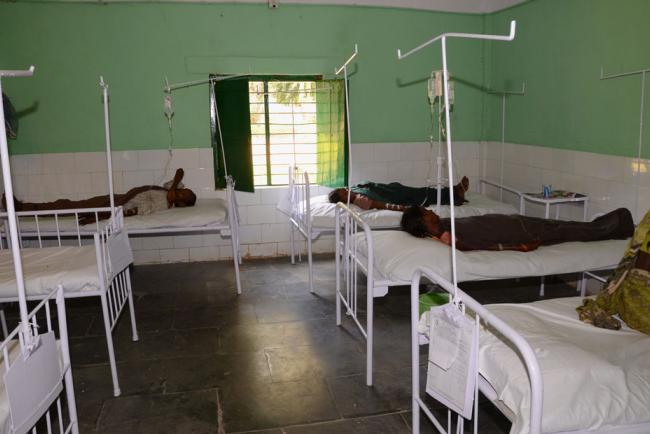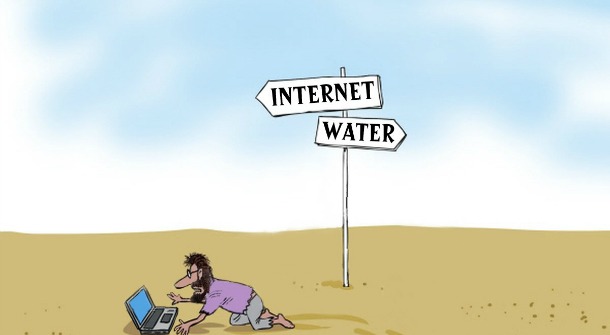HEALTH
Large scale rural to urban migration in the nation has implied that while the metropolitan centres have flourished and developed, the rural regions remain under the veil of poverty and ignorance. The poor health infrastructure in regions inhabited by the Scheduled Tribes in particular points to the unsustainable pattern of development and the need for inclusive care.
The New Leam Staff

India has been a diverse country not only in terms of culture, religion and indigenous practices but also in terms of its demography and geography. As the geography varies from one region to another so does the culture that people have in terms of their languages, food choices, folklore and life practices. It would not be incorrect to say that this diversity makes India an altogether unique nation.
The forces of globalisation accompanied with neoliberal market forces have produced a unique socio-cultural scenario in Indian cities- the attraction of new opportunities in education and employment have pulled a large section of people from remote village into the cities. This has made the city a cosmopolitan space that develops its own unique culture not through the preservation of its own esoteric roots but through the amalgamation of various cultures.
This quest for a better standard of living draws people from the villages to the cities but the important structural and policy related question that one needs to ask is whether this quest for a better life has indeed been fulfilled by the nation-state? Has the Indian nation-state stood up to the expectations of those who migrate to its metropolitan cities chasing their aspirations towards a better life?
Leaving behind the sense of belonging
In this quest for a better life, a huge number of people migrate to the cities every year and leave behind their roots. The process of leaving behind one’s roots denotes a peculiar transition in an individual’s life where not only is the physical homeland lost but the emotional and psychological associations that one has formed with one’s family, native land, culture and memories too undergoes a disruption. These people, who are compelled to leave their own roots for better prospects in the city, often do not return back to their villages and thus any mutual reciprocity between their newly found better lives and their native lands is seldom seen. This makes the distance between the two even more radical.
It is not surprising that when one discovers better facilities such as education, healthcare, housing and employment in the city –one does not feel the need to come back and restart a life from scratch in the native village (that in the first place was abandoned for its lack of basic amenities). The poor infrastructural possibilities, the lack of basic amenities and poor connectivity to the larger discourse of metropolitan India- makes our villages quite hostile to those who seek to improve their life possibilities.
One important sector that is often the most neglected in rural India is the health infrastructure. This infrastructural backwardness is reflected even more assertively in regions inhabited by the Scheduled Tribes. The poverty of facilities and improper consolidated work on the ground level makes health related concerns particularly fundamental among this section of the population.
An impoverished healthcare system
Scheduled Tribes in India comprise 8.6 per cent of the country’s population as reported in the 2011 census of India. Many of these tribes inhabit the most inaccessible parts of the country. Tribal communities in India had “poorer health indicators, a greater burden of morbidity and mortality, and very limited access to health care services” this is what the executive committee on tribal health appointed by the Ministry of Health and Family Welfare in its report stated. The committee further produced a list of ten health problems affecting the tribal communities which are malaria, malnutrition, infant mortality, family planning, maternal health, and alcoholism and health literacy. “Urban diseases” like hypertension, cancer and diabetes were also widespread among tribal populations today.
The committee also made a distinction between the diseases affecting the tribal communities in the north-eastern region and the diseases affecting the tribes in the rest of the country. At the end of the report the committee marked the opinion according to which poor quality of health amongst tribal communities was still at a substantial improvement from the abysmal conditions a few decades ago, this statement can be considered in lieu of the argument that there is substantial increase in health indicators of the scheduled tribes but problem child mortality is also an important reality of the tribal community in India as reported by Maitreyi Bordia Das and Soumya Kapoor Mehta in their paper submitted to the World Bank on Poverty and Social Exclusion in India
The Adivasi children are the least affected by health problems like diahorrea and respiratory issues, they are not prone to problems like cough, cold or fever frequently but the still the child mortality rate is high and the reason behind this the lack of medical assistance provided by the state or lack of proper health infrastructure during emergencies which continues to affect the tribes.
The Tribal community in India is located in small and isolated parts of the country where creating and providing proper health infrastructure has never been the agenda of either the state or the private bodies therefore such areas lack proper health facilities which is the most important concern of the communities today.
Now even if the state government is successful in providing a health infrastructure there is a lack of medical practitioners to serve the community since the facilities provided to a general physician in India is very less as compared to a specialist and any medical student after getting medical education does not share a willingness to serve the communities with poor facilities and no infrastructure and further making the lives of the tribal a little more complicated.
Apart from the lack of willingness of a doctor to serve the tribes yet another issue which plagues the community is of mistrust as reported by the Report on Poverty and Social Exclusion in India. It is a serious issue; there is mistrust between the nontribal health providers and tribal residents. While administrators realize the value of recruiting local residents as field level medical personnel, it is often impossible to find even secondary educated tribal women who can fill the positions of nurses or female health workers.
The Indian government has been sensitive to the issue of tribal vulnerabilities and has time and again tried to provide necessary interventions like providing PHCs in the tribal regions and district health centres. The tribal population is affected by a lack of awareness, education, drinking water facilities, sanitation facilities, ignorance and poor dietary habits and these are the main issues affecting the communities and further leading to marginalisation. Thus any health initiative taken by the government should also take care of the internal conditions of the communities in order to provide effective and proactive care.














